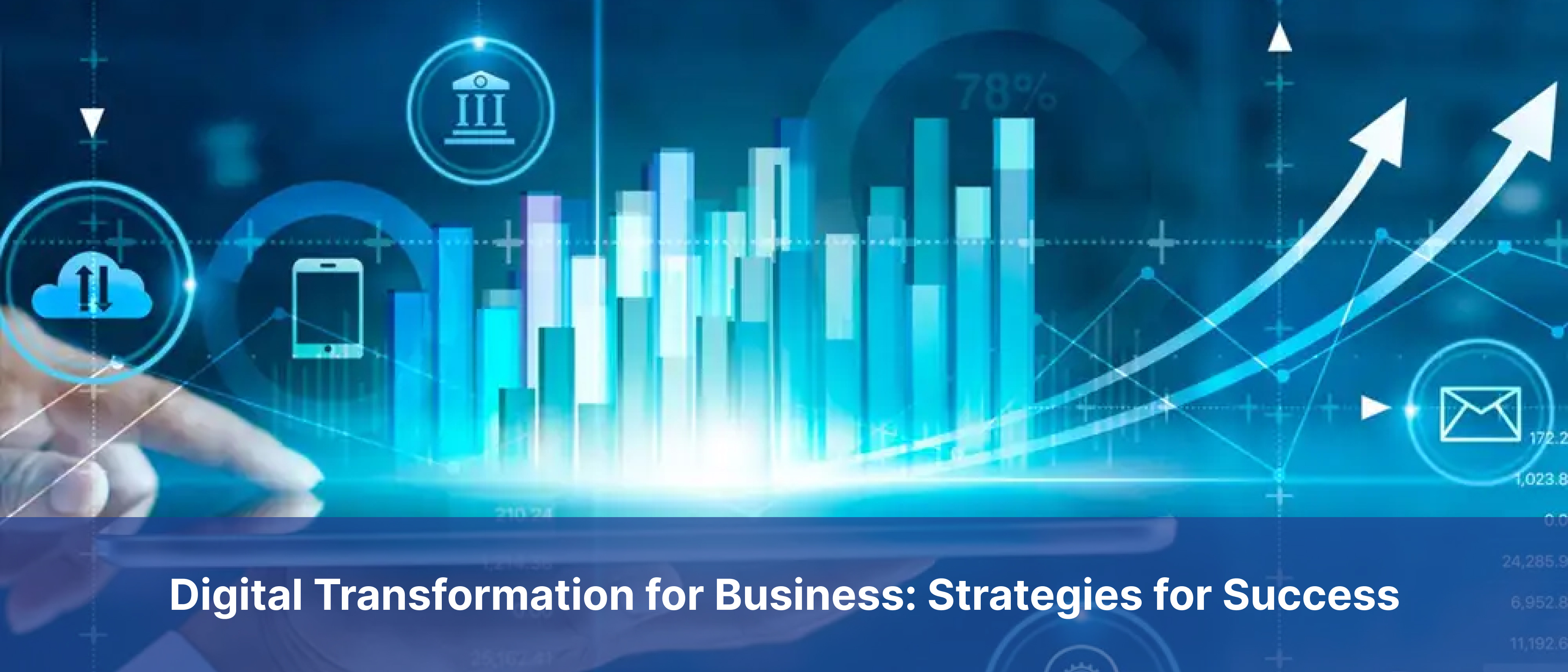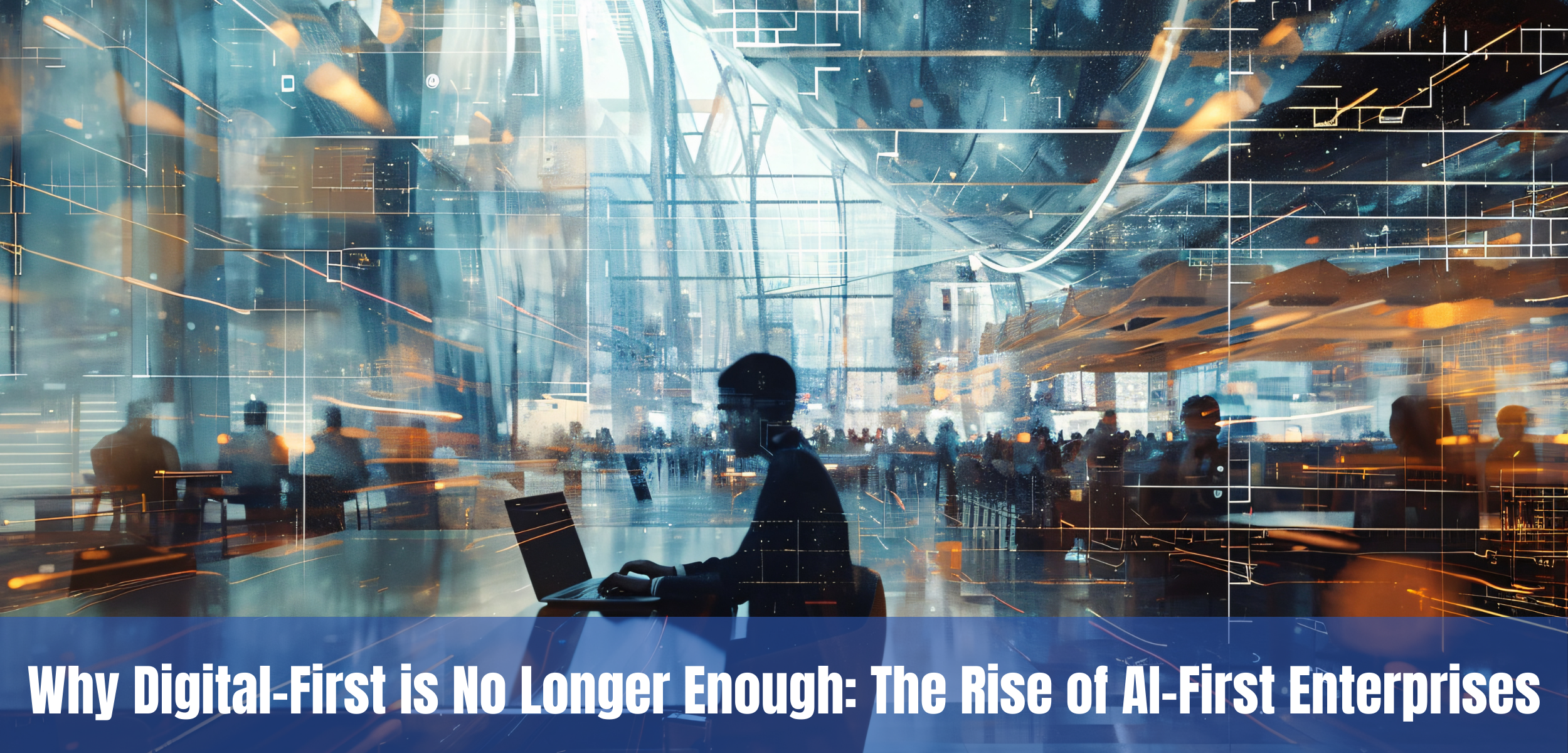As industries evolve and technology advances, organizations face growing pressure to make quicker, more informed decisions. Systems are becoming increasingly complex, data volumes are rising, and even small disruptions can cause costly delays.
Digital twin technology offers a practical and forward-looking solution. A digital twin is a virtual representation of a physical asset, process, or system that updates continuously with live data. When paired with real-time simulation, it becomes more than a mirror. It supports smarter planning, faster response, and proactive decision-making.
This article explains how digital twins work, the different types, the underlying technology stack, the role of real-time simulation, and how organizations can implement them effectively.
What Is a Digital Twin

A digital twin is a dynamic model that reflects the condition and behavior of a real system. Sensors on equipment capture data such as temperature, vibration, flow, or position, and send that information to digital platforms where it is analyzed and visualized.
To remain useful, the model updates continuously as conditions change. Teams can then test scenarios, adjust operations, and plan ahead without interrupting real processes.
A simple example is a water pump. Its twin monitors vibration and energy use, detects deviation from normal patterns, simulates different maintenance scenarios, and recommends the least disruptive service window. In this way, the digital twin converts raw operational data into practical guidance.
Types of Digital Twins
Digital twins vary in scale and scope. Understanding these types helps organizations structure adoption and decide where to begin.

Component Twins
Represent individual parts such as valves or bearings. They focus on local performance and early fault detection.
Asset Twins
Model entire machines or units made of multiple components, such as pumps or robotic arms. They provide a broader view of operating conditions and maintenance needs.
System or Unit Twins
Model groups of assets working together, such as a production cell or HVAC system. They help optimize interdependencies and resource flow.
Process Twins
Represent end-to-end workflows, such as full production lines. They are used to study throughput, bottlenecks, and overall process performance.
These types form a natural progression. Organizations usually begin with individual assets and expand toward system and process-level twins as confidence and value grow.
With this structure in place, it is easier to understand how digital twins operate at different depths within an organization.
Real-Time Simulation: Why It Matters
The shift from traditional simulation to real-time simulation is what makes digital twins especially valuable. Traditional simulation provides a static view. Real-time simulation evolves constantly alongside real conditions.
This matters for three key reasons:
Speed
Operational decisions often cannot wait. Real-time simulation provides immediate insight into how changes will affect output, quality, or safety.
Relevance
Because simulation feeds on current data, its predictions remain aligned with the real system. This reduces the risk of outdated or incorrect assumptions.
Safety
Teams can explore what-if scenarios without interacting with physical equipment. For example, process adjustments can be tested virtually before rolling out, avoiding unnecessary disruption.
Real-time simulation depends on:
- Incremental model updates that compute only what changes
- Hybrid modeling that combines physics and data-driven methods
- Low-latency data paths, often supported by edge computing
Consider a regional power grid experiencing a sudden load surge. A grid twin can test different load-shift strategies instantly, estimate the impact on voltage and line capacity, and recommend the least disruptive action. This prevents outages and reduces the need for manual intervention.
In simple terms, real-time simulation supports planning that becomes continuous, not occasional.
Industry Applications and Benefits
Digital twins deliver value across sectors.
Manufacturing
- Predict equipment failures and reduce downtime
- Optimize production and resource use
- Validate process changes before execution
Energy
- Improve power distribution and load balancing
- Enhance forecasting for renewable integration
- Reduce stress-related equipment failures
Smart Infrastructure
- Model traffic flow for planning and congestion control
- Improve water and waste management
- Support emergency response planning
Healthcare
- Model patient flow and equipment utilization
- Improve scheduling and planning
These outcomes lead to better resource use, fewer disruptions, and more confident decision-making.
Implementation Roadmap
A phased approach keeps adoption manageable.
- Define the use case
Select a focused problem with measurable impact. - Build data foundations
Ensure the right sensors and standardized data formats are in place. - Develop the model
Start with essential variables. Use a hybrid approach to balance accuracy with flexibility. - Validate and calibrate
Compare predictions with real behavior and update regularly. - Integrate and scale
Once a twin succeeds in one area, expand its scope and integrate with enterprise systems.
Modular design helps teams add new equipment or processes without major redevelopment. Early involvement of operations teams ensures the twin delivers real-world value.
Common Challenges and How to Address Them
Digital twins offer powerful benefits, but organizations often encounter practical challenges during adoption. Addressing these early can improve reliability, accuracy, and long-term scalability.

Data Latency
Real-time insights depend on fast data movement. Slow transfer can weaken simulation accuracy and delay decisions.
How to address
- Use edge computing to process data closer to the source
- Streamline data pipelines to reduce unnecessary routing
- Adopt lightweight, high-speed messaging protocols
Model Drift
Over time, equipment wear, environmental changes, or new operating conditions can make a twin’s output less accurate.
How to address
- Calibrate models periodically against real measurements
- Use automatic feedback loops to update models when patterns change
- Combine physics-based and ML models for better long-term stability
Integration with Legacy Systems
Many facilities rely on older platforms without modern connectivity, making data exchange difficult.
How to address
- Use open APIs and middleware to bridge incompatible systems
- Standardize key data structures to simplify interoperability
- Introduce integration gateways to connect industrial and business systems
Security Concerns
Digital twins involve continuous data flow, which can increase exposure if not properly secured.
How to address
- Encrypt data both in transit and at rest
- Enforce access control with strong authentication
- Monitor endpoints continuously for abnormal activity
Skills and Collaboration
Successful twins require knowledge across mechanical systems, data, and software. Many organizations find it challenging to align these skills.
How to address
- Build multidisciplinary teams across engineering, IT, and analytics
- Provide focused training on modeling and data interpretation
- Engage external experts to accelerate early development and knowledge transfer
Conclusion
Digital twin technology, supported by real-time simulation, offers a practical way to improve visibility, strengthen planning, and operate with confidence. By starting with a clear use case and building on strong data foundations, organizations can rapidly learn, demonstrate value, and scale where it matters most.
Building a successful digital twin requires the right experience, technical depth, and implementation strategy. Evermethod Inc. brings the engineering and digital capabilities to help you identify high-impact opportunities, validate outcomes, and expand at pace.
Connect with Evermethod Inc. and begin shaping a digital twin strategy that delivers practical value from day one.
Get the latest!
Get actionable strategies to empower your business and market domination
.png?width=882&height=158&name=882x158%20(1).png)

.png/preview.png?t=1721195409615)

%2013.png)


